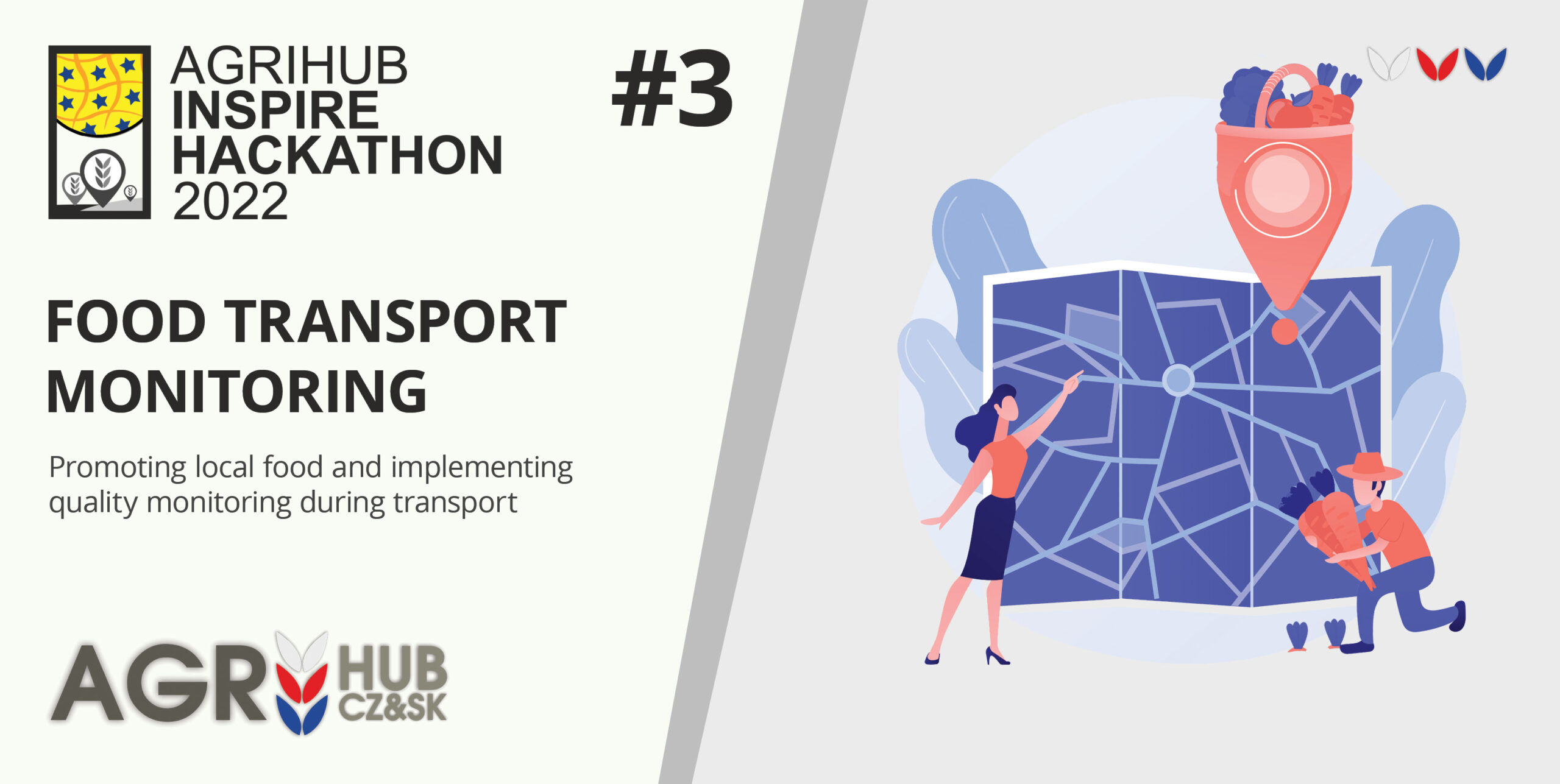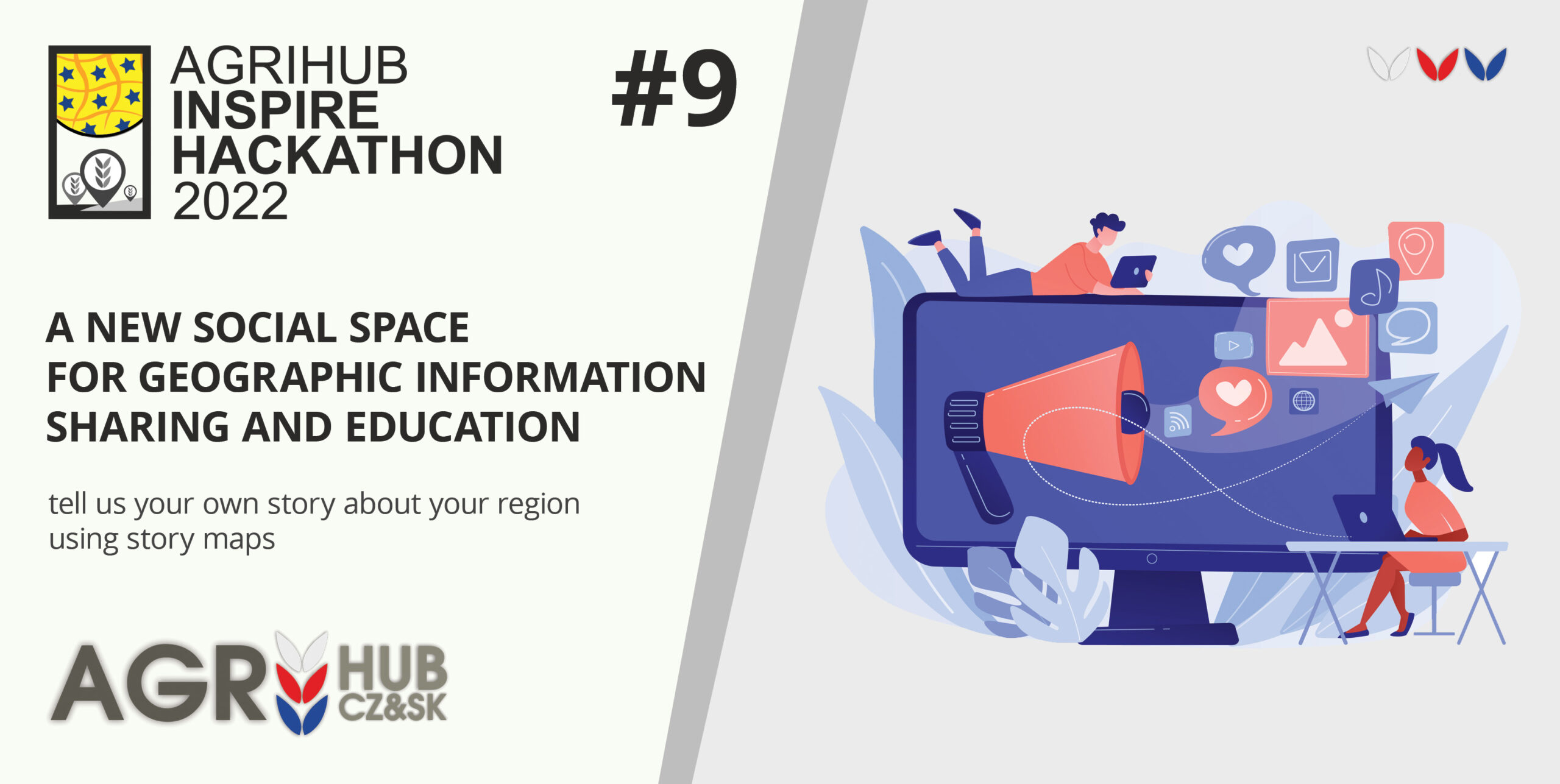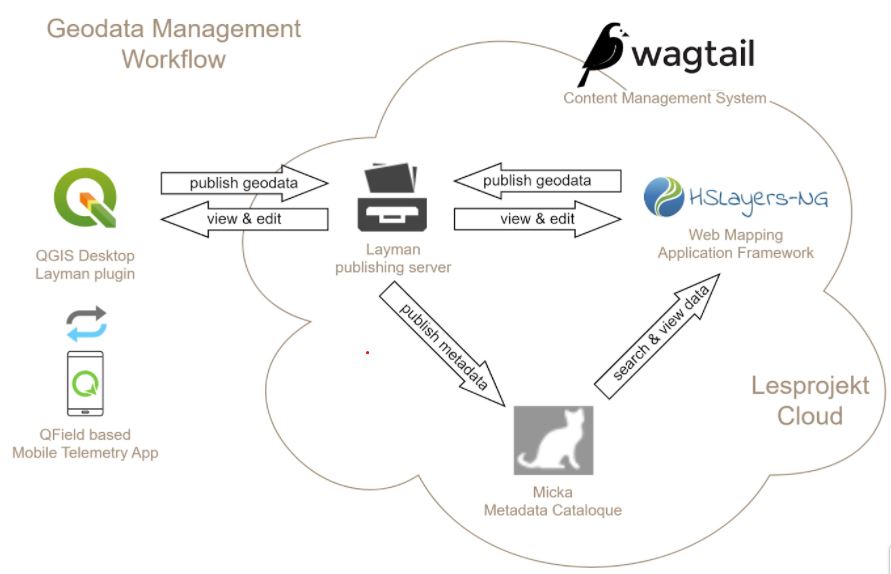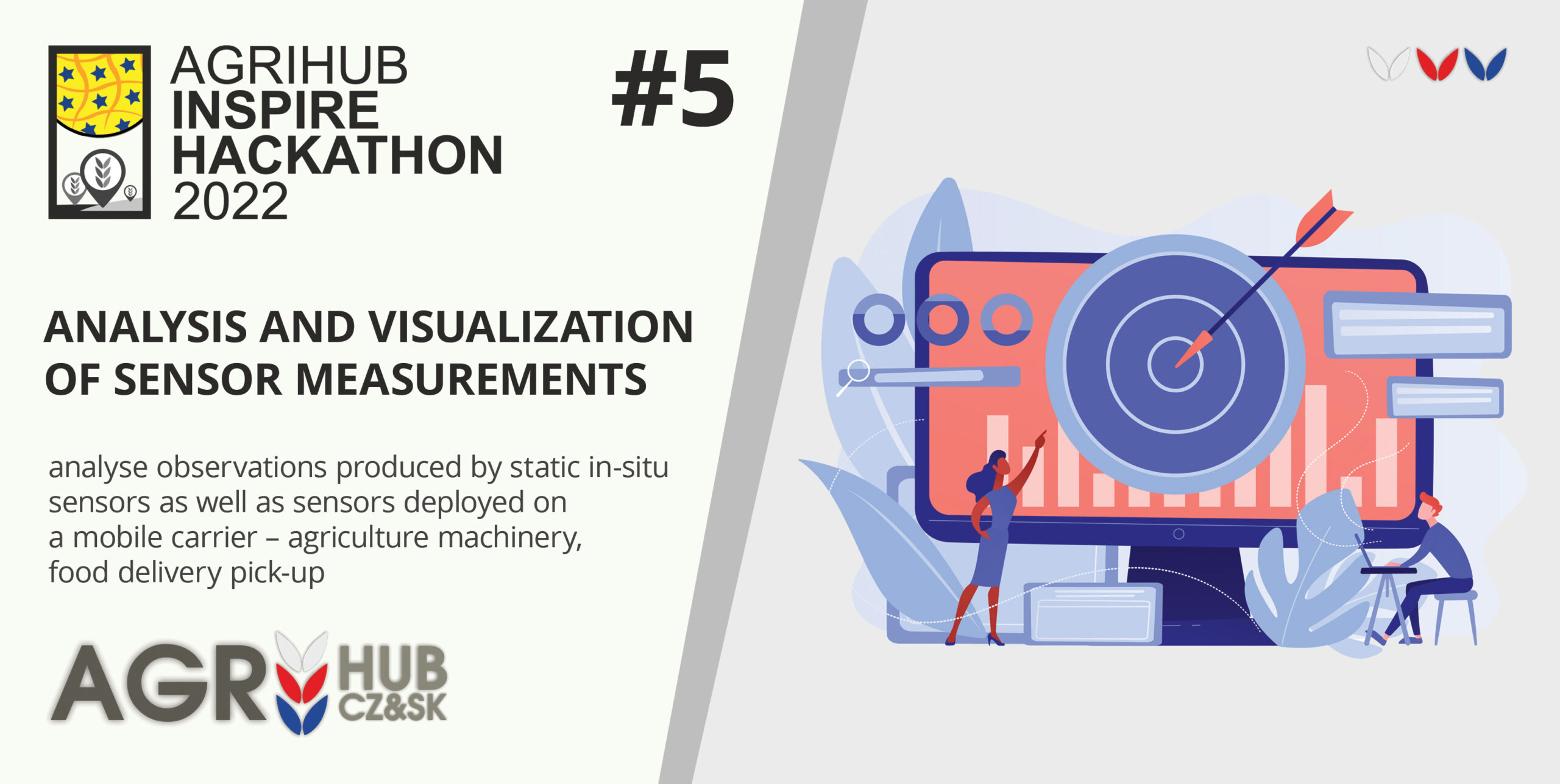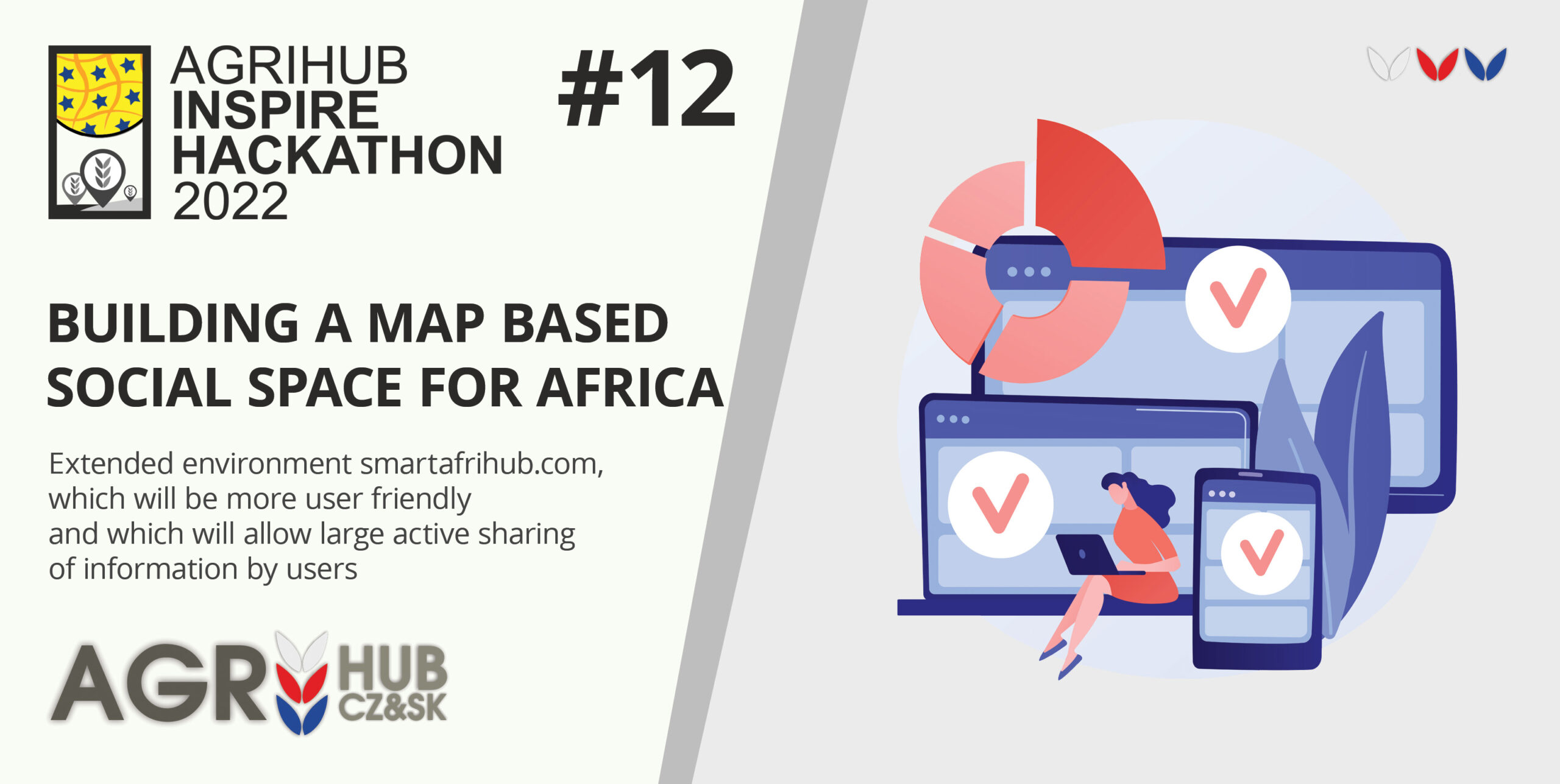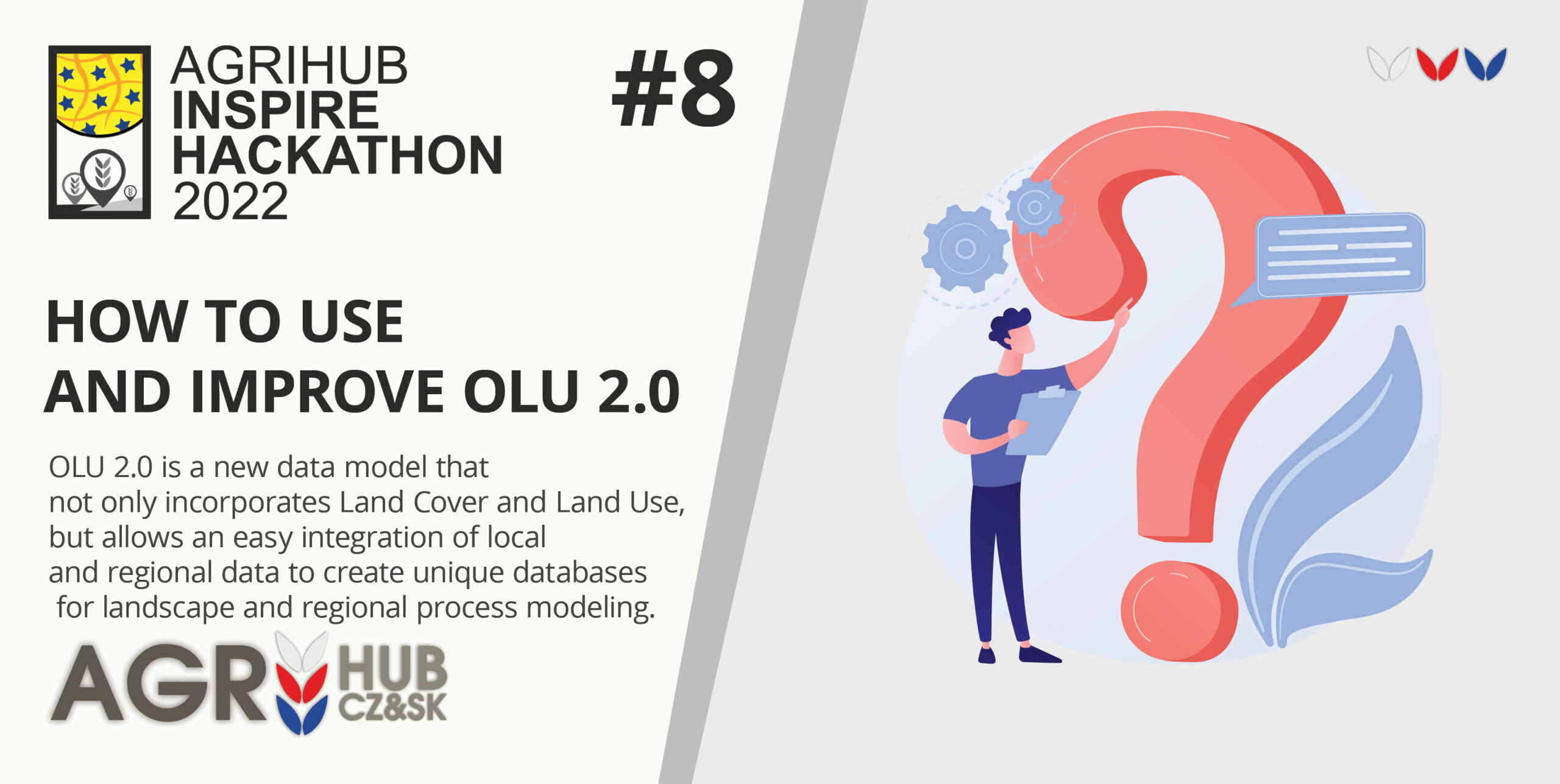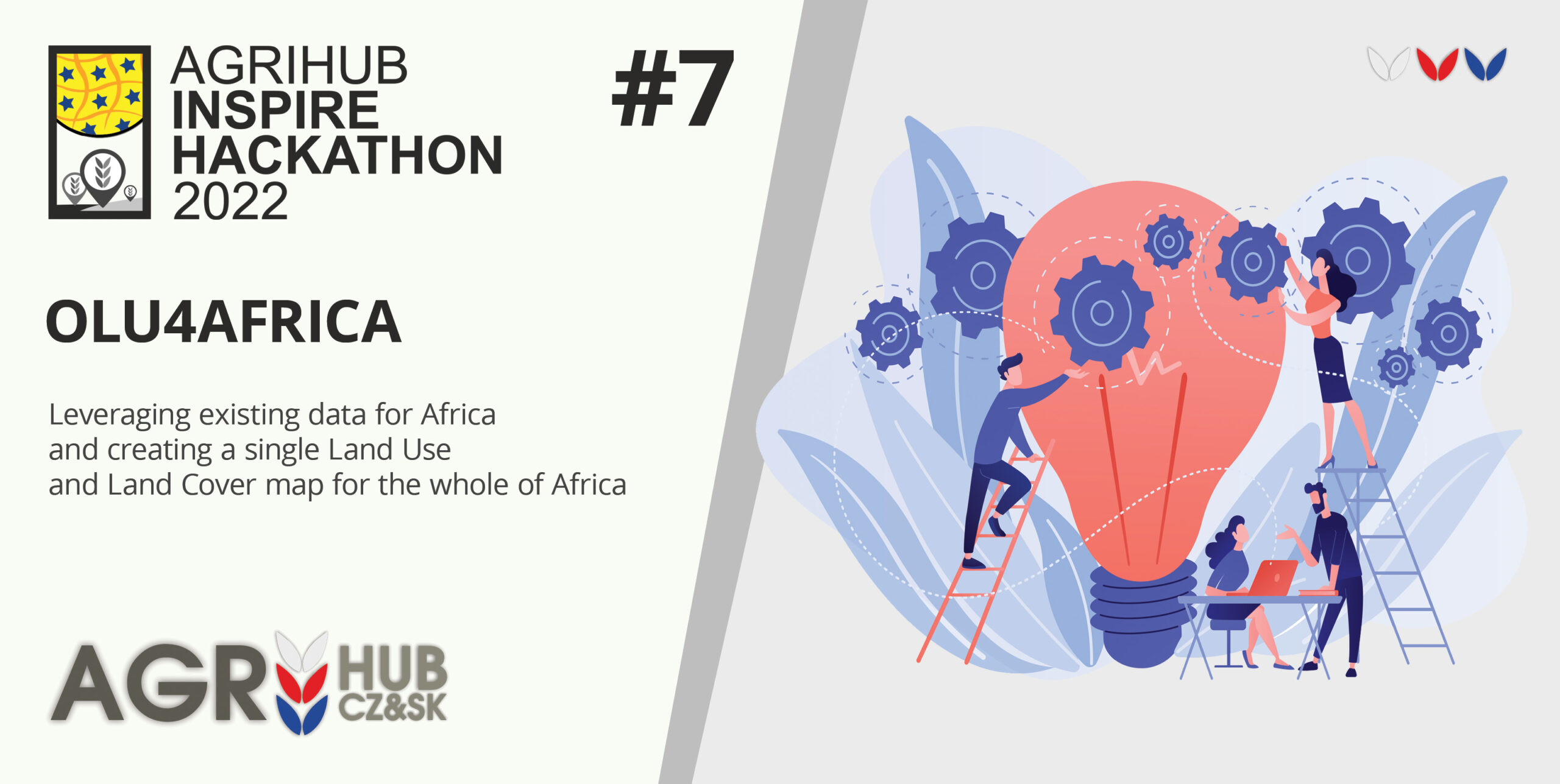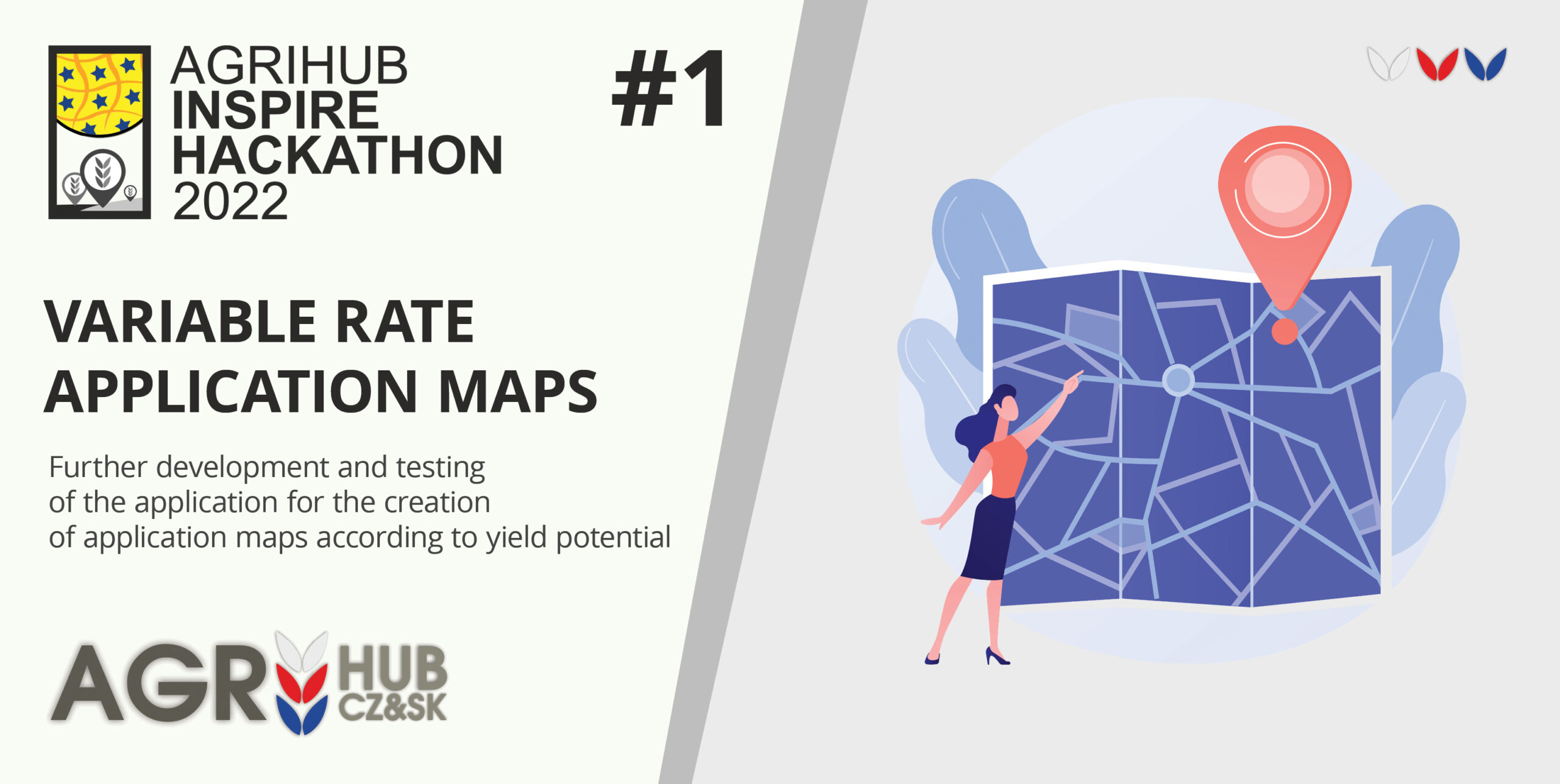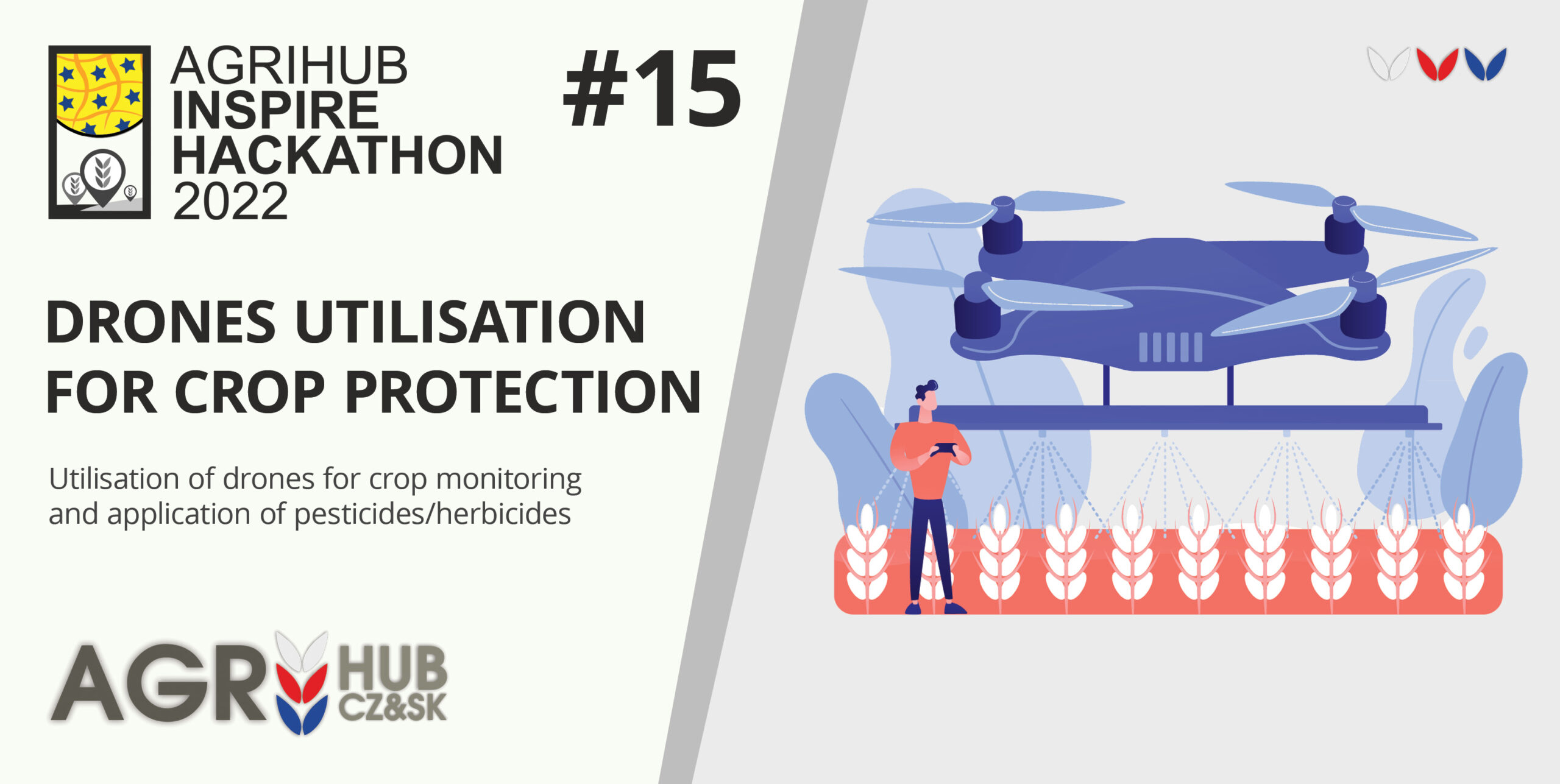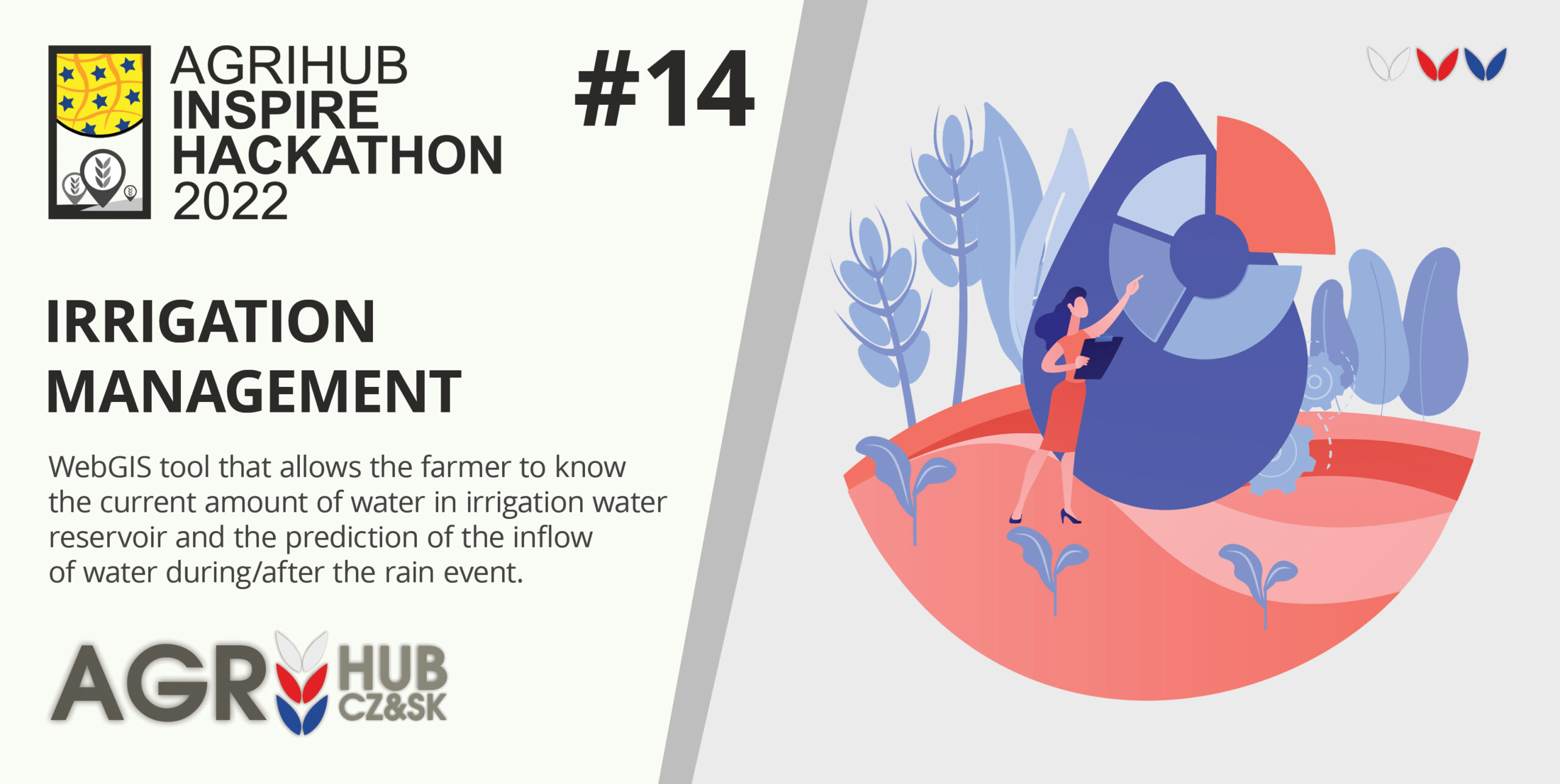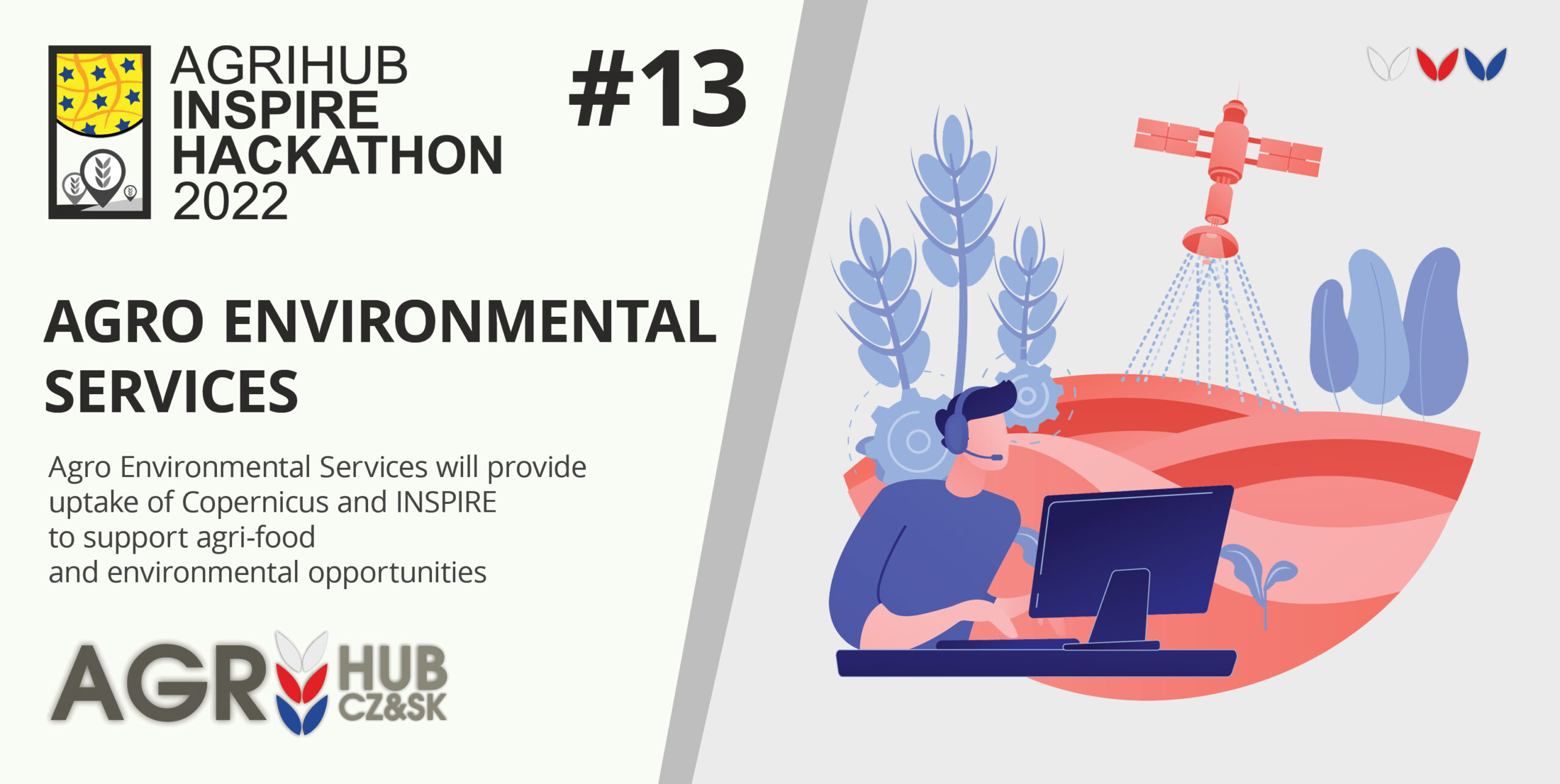MENTOR: Jaroslav Šmejkal
The call will cover small food producers operating in a specific region. They also support employment in the region and also promote their uniqueness, for example by selling their specific food products. Sales can be made to locals, tourists, or even in remote regions. For this type of supply chain, it has proved crucial that local food producers are often unable to ensure the consistent quality of food transport conditions from production to the retailer. Local food producers are mostly small producers. Therefore, they do not rely on professional technologies to transport food. The challenge will be to monitor the quality of their products during transport and also to set the appropriate transport conditions. This will also support the quality of local food.
The ideal output of this call would be the design of a set of parameters and their ranges and tolerances, which should ensure the quality of transported products from production to sale. The design should also identify the technologies that can participate in this challenge (sensors, cabling, reliable data transmission, data storage, form of data visualization and archiving, ….). It should be a solution that is technologically simple, cheap, user-friendly, and does not impose extensive vehicle modification requirements.
The solution should be applicable to existing resources. It is a comprehensive approach from the point of view of the manufacturer, transporter, and also the developer of the technology.
Introduction/Context
Introduction and Context is the support of small regional food producers (regional specialties) who are specific, unique, and give a special spirit to their region. Unfortunately, they are often very small (even seasonal) producers who do not have the financial and technical resources as large and global market players. From this point of view, it is desirable to preserve the spirit of the regions and to support these regional producers.
The ambition of the challenge
The ambition of the challenge is to design a range of parameters that should be monitored during the transport of food from the producer to the seller. Of course, it should also be a matter of determining their values, ranges, and tolerances.
Next steps
- Design of parameters to be monitored during the transport of regional products from the producer to the seller.
- Design of a measuring chain for measuring specified parameters.
- Design of visualization of measured data.
The registration for the challenges is open! Register for this hackathon challenge HERE.

